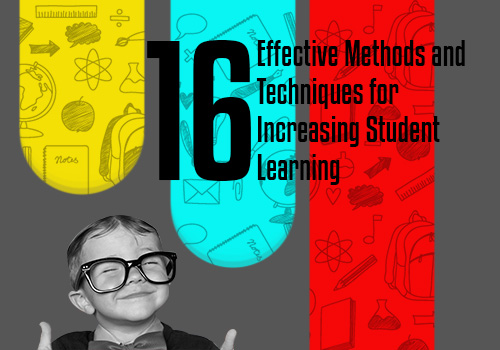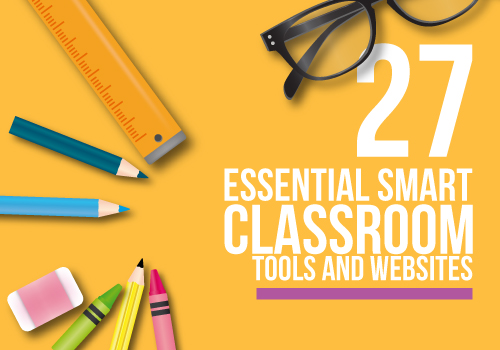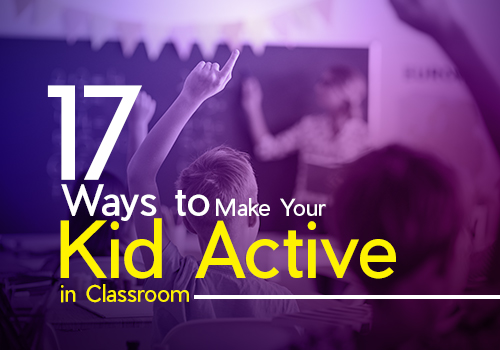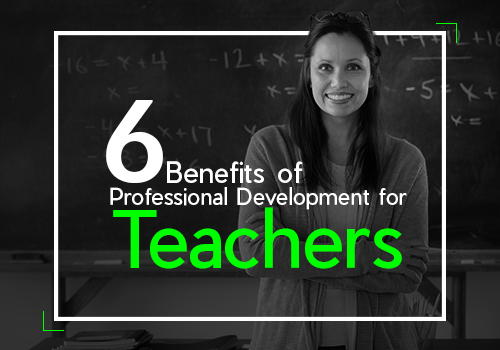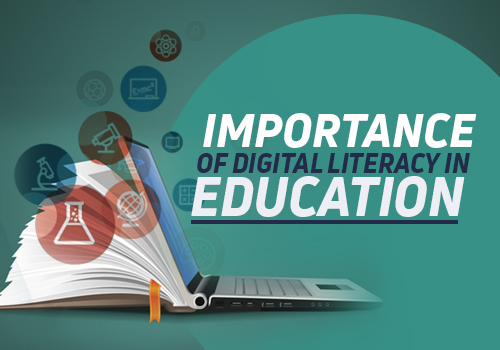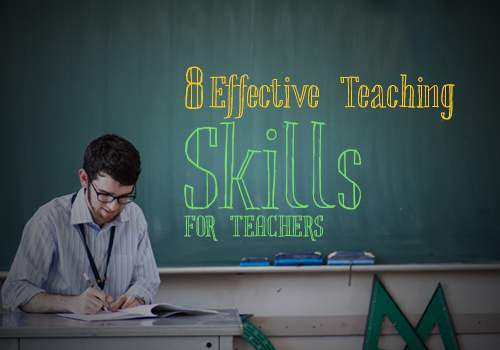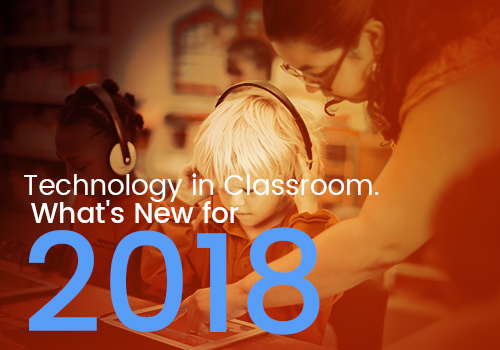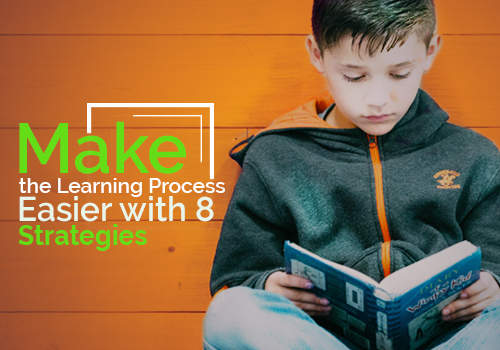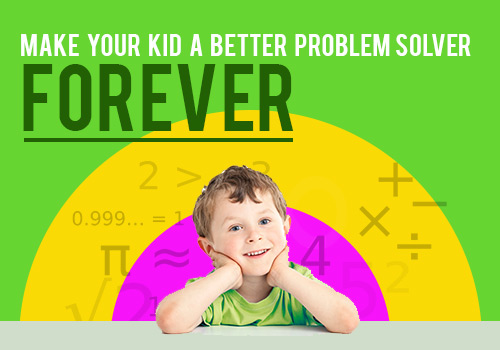Teaching science is no longer a monotonous job when you have science movies that can be played in classrooms. It is only when education merges with entertainment that students grasp the subject matter. Relying on the broadcast of science movies, you can make a topic much more interesting for your students. For all those educators who wish to go the entire nine yards to teach effectively, here are some science movies that will present a perfect mix of entertainment and information to the seekers of scientific knowledge.
You must have heard of this famous movie that became a run-away hit with moviegoers when it was first released across the world in 1993. “Jurassic Park” is a movie which sheds light on a theme park which was created to house genetically engineered dinosaurs. Scientists work very hard in building a DNA from the blood of a preserved dinosaur so as to create many such creatures.
However a twist to the tale comes in the form of a computer expert deactivating the security system of the park so that he can flee with the embryos of the dinosaurs. The thrill of watching deadly and awkward-looking creatures which are extinct is what makes Jurassic Park an entertaining and intellectual science movie for students as well.
Get FREE Classroom Apps (Check it Now)
Released in 1986, “The Manhattan Project”is a science fiction movie revolving around a teenager and his girlfriend. Both of them steal the radio-active element Plutonium to make an atomic bomb from a scientist. And how do these teenagers build the disastrous bomb? They dig out information from the internet and refer to published materials. They also rely on random government papers so that they can build the destructive nuclear bomb. Any guesses as to what drives them to such extreme limits? All this is to win number one position in a science fair.
Tagged as a science movie, students will enjoy the fun element that blends with a feeling of fright that surfaces once in a while. All in all, this is an entertaining movie that can demonstrate the singular mindset of teenagers working very hard to pursue their irrational dreams.
If you are an ardent lover of nature, then “Microcosmos” can excite you in more ways than you can imagine. Typically a documentary demonstrating the life of insects in ponds and meadows, students will thoroughly enjoy the result of 15 years of scientific research that has gone into picturing these little yet interesting creatures. Employing state-of-the-art photography coupled with 3 long years of filming, Microcosmos is a treat to the inquisitive eyes of every student. This science documentary sheds light on how honey bees collect nectar, the manner in which snails reproduce and how spiders catch their prey through their webs.
Students can delve deep into the lives of underwater spiders which create an air bubble as their home. Demonstrating the process of mosquito egg-hatching through awesome slow motion photography, Microcosmos, true to its name is a beautiful presentation of incredible insects and their habitats.
Released in 1989, students will be amazed at the comic representations of this American science fiction film. When telecast in the classroom, this movie will transform the teaching arena into a comical theater with the loud laughter of students.
Going by the title, this comic movie revolves around an inventor as the central character, his kids and his neighbor’s kids. So what about the movie? The inventor toying with his electromagnetic shrinking machine accidentally shrinks all the kids to a quarter of an inch. The fun element comes to life when these tiny kids are dropped into the trash by the inventor. These kids go through a lot of problems, face obstacles and try their best to ward off insects in the trash dropped in the backyard of the inventor. If you want your classroom to bustle with the giggles of your wards, then this movie along with its sequel named Honey I Blew Up The Kid can he helpful for you.
This is a 5 star rated American science movie loaded with adventure and comedy in equal shares. Released in 1985, “Back to the Future” is a story of a teenager called Marty McFly who will be sent back into the past. He gets positioned into the year 1955 by the acts of a weird scientist where he meets his future parents but falls in love with his own mother.
That is when his friend steps in to protect Marty to wipe out the damage caused by his journey into the past. All thanks to his friend that he becomes the reason for love to strike the hearts of Marty’s parents. In the end, the weird scientist will be working towards finding a way to bring back Marty to the year 1985.
Released to the global audience in 2009, “Cloudy with a Chance of Meatballs” offers a comical ride with a touch of computer-animated science. Tagged as a fictional story revolving around the central character named Flint, this entertaining movie keeps your students in splits.
Flint, an upcoming scientist invents a machine which is capable of transforming water into food. Although a novel idea, he faces a number of obstacles. When the invention becomes difficult to manage, the responsibility of protecting the town of Chews and swallow comes on his tender shoulders. How he takes up this responsibility forms the crux of this entertaining and creative movie.
“Meet the Robinsons” is a yet another entertaining science movie with a dash of comedy. Released in 2007, this is a computer-animated science fictional film loaded with funny scenes. Meet Lewis an orphaned child who tries his hand repairing pans and kettles. He is lucky enough to find a family when he meets The Robinsons.
Applying his creative instincts, Lewis comes up with many smart inventions, frightening his potential parents. It is then he realizes that it is not only important to share cool inventions but also to have the support of people who respect and support your unique ideas.
Key Takeaways
Being a subject linked to logic, science when teamed with fiction becomes a treat to the eyes of students. Alongside entertaining them, such movies which carry a streak of comedy as well are in favor of kids’ viewing. It is through such movies that you as an educator can break the monotony that sets into a classroom session and bring in a fresh whiff of air. Such movies can not only engage your students but will also help them learn about the traits that make the central characters a class apart from the rest.

